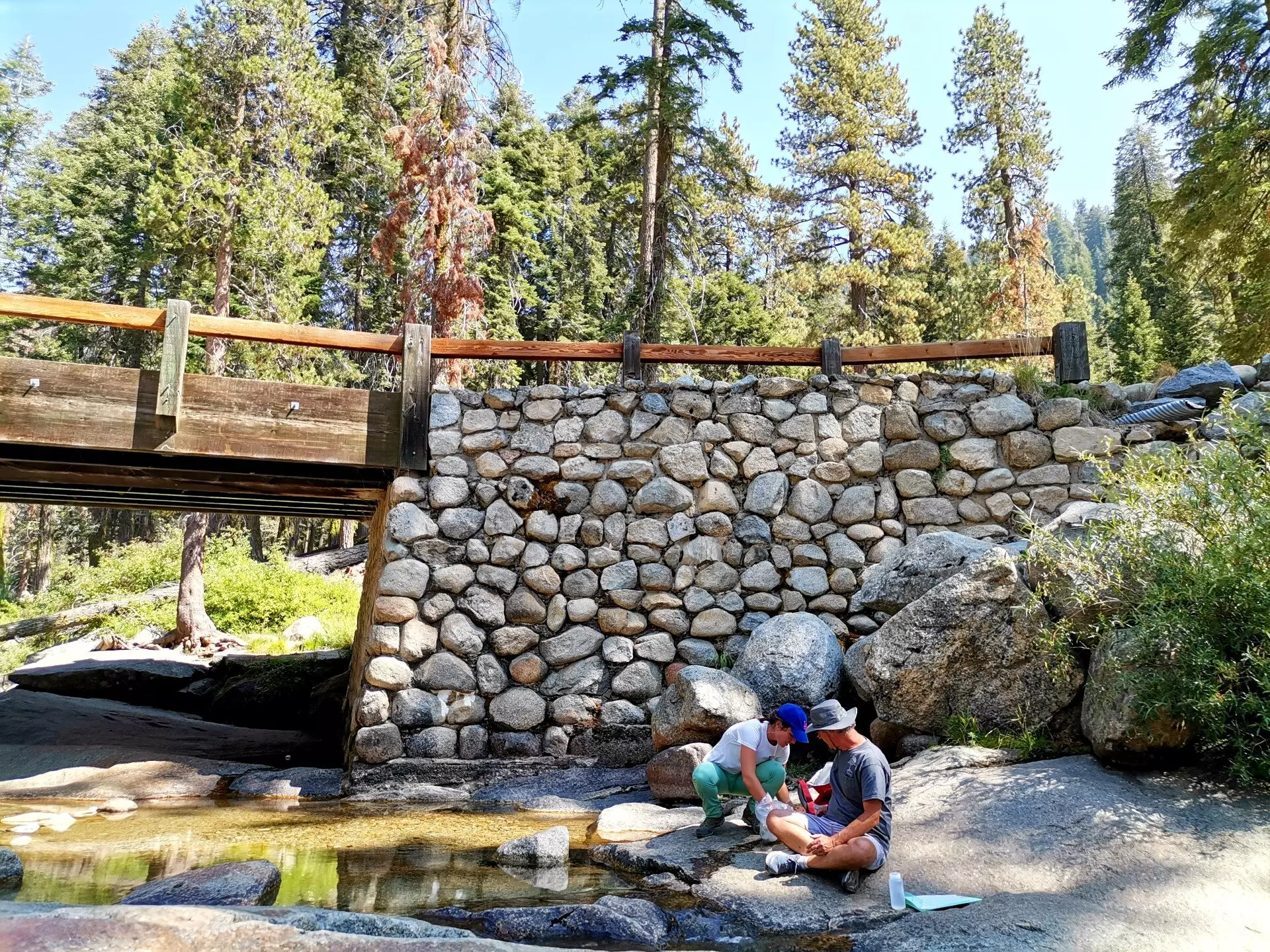California’s Central Valley is often referred to as America’s breadbasket, producing a staggering variety of fruits, vegetables, and nuts. While this fertile region holds a vital place in the global food supply chain, the sustainability of agricultural practices here hangs on a hidden lifeline: groundwater sourced from the Sierra Nevada mountains. Recent research underscores a critical aspect of water resource management in this area by showing that as much as half of the groundwater in the Central Valley can be traced back to these majestic mountains.
This revelation isn’t just a technical data point; it highlights the intricate interdependencies between surface and groundwater systems. The Sierra Nevada’s peaks don’t just stand as scenic backdrops; they serve as essential reservoirs that feed the aquifers below the valley. These aquifers, much like deep storage tanks, are often hidden beneath the surface, making them more challenging to assess than their above-ground counterparts.
The Groundwater Connection: Research Unveiled
The groundbreaking study led by researchers at UC Riverside provides a clearer picture of the water dynamics between these two ecosystems. By leveraging various methodologies—including water sample analyses—scientists have been able to quantify the actual contribution of Sierra-derived water to the Central Valley aquifer. Emerging evidence indicates that the groundwater sourced from the Sierras may constitute as much as 53% of the water in the southern Central Valley aquifer.
Scientific approaches used in the study reveal layers of complexity. Involving geochemical examinations, researchers analyzed elements like calcium and sulfates, and even radioactive isotopes, to identify water’s origins and age. Some samples traced their lineage back to more than 40,000 years, underscoring the importance of responsible resource management—once depleted, such ancient water is irreplaceable on a human timescale.
The Implications of Over-Exploitation
The urgent question that arises is: What happens if this critical water source is over-exploited? Historical practices during the severe droughts from 2012 to 2016 have illustrated drastic over-pumping of groundwater, leading to worrying consequences such as land subsidence. This sinking landscape places tremendous pressure on existing infrastructure, like dams and canals, which are essential for conveying surface water to agricultural lands.
The concurrent rise in awareness around sustainable water management can be traced back to efforts like the Sustainable Groundwater Management Act, signed into law by former Governor Jerry Brown. While this legislation marks a step forward, the reality remains that extensive research is still needed to understand recharge rates and sustainable pumping levels for the Central Valley aquifer.
Groundwater Management: The Path Forward
The complexities of groundwater dynamics cannot be overstated. As Hoori Ajami, the associate professor of groundwater hydrology at UC Riverside, aptly put it, managing groundwater supply requires a comprehensive understanding of both inflows and outflows. With continuous thoughts on sustainable practices, the focus must shift to scientific evaluations that reveal how much water can actually be drawn without compromising future water availability.
The interplay of geology, hydrology, and climate change creates a convoluted backdrop for effective water management strategies. Experts argue that these efforts should not be standalone initiatives; rather, they should be integrated with broader agricultural policies that emphasize conservation, efficiency, and innovations in irrigation technology.
The Path to Resilience: Shifting Paradigms
To safeguard California’s agricultural future, a transformative shift in perceptions about water resources is essential. Stakeholders—farmers, policymakers, and scientists—must engage collaboratively in a dialogue that respects both immediate needs and long-term sustainability. Embracing technology and adaptive management practices could pave the way toward a resilient water system that supports the agricultural legacy of California while remaining cognizant of its environmental constraints.
This delicate balancing act is emblematic of the broader challenges facing society as we grapple with climate change and dwindling natural resources. The findings from UC Riverside not only enhance our understanding of the water cycle in California but also serve as a strong reminder of our collective responsibility to manage this irreplaceable resource wisely. By prioritizing sustainable practices and embracing scientific advancements, we might just secure a more stable water future for the generations to come.

